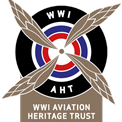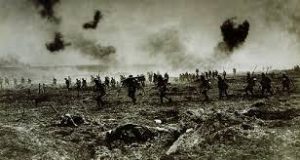Nevertheless, by April 1917 the Battle of Arras would be well underway as the BEF made comparatively significant advances; above the lines, however, Allied airmen continued to bear the brunt. Despite new Allied fighter designs appearing in late 1916 and early 1917, the Germans were maintaining air supremacy thanks to their twin-gunned Albatros DI and DII fighters – the best at the Front. They would later be joined by the improved D.III, a ‘Vee’-strutted version adopting Nieuport principles. Concerned with the growing German air superiority the RFC’s commander-in-chief Hugh Trenchard, had returned to London in December to lobby for increased productivity and improved designs to halt enemy dominance in the air. Due to production and training difficulties, delivery of more advanced machines was somewhat delayed; it was not until Spring 1917 that better aircraft began to equip the squadrons in the field. In March 1917, the weather over the Western Front had improved sufficiently for Corps units to increase their incursions over the lines. Combats in the air became more frequent and deadlier day by day: and British casualties began to escalate. With the Arras offensive imminent, the RFC had no choice but to maintain patrols and reconnaissance flights despite the odds. It was the Sopwith 1 1/2 Strutter squadrons that were to suffer a real mauling. In two days of operations at the end of the month, seven Sopwith’s from No.70 Squadron were shot down by Albatros pilots.

